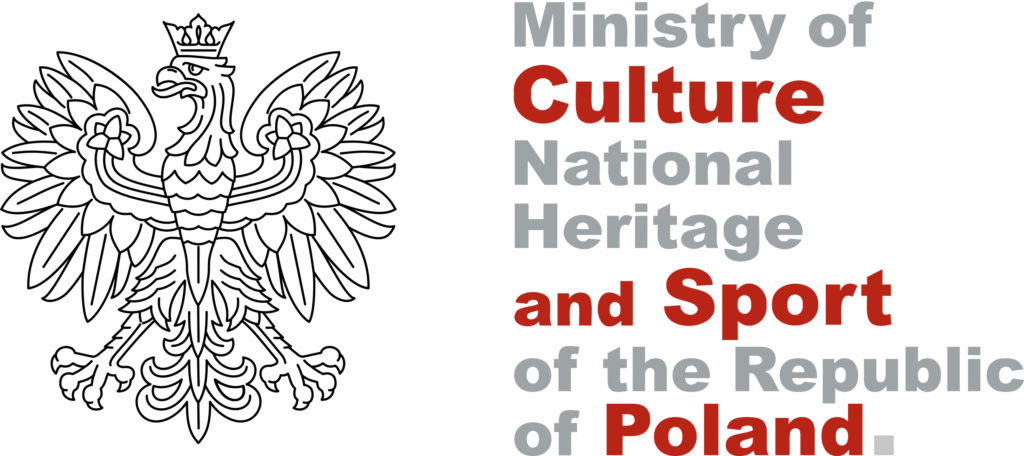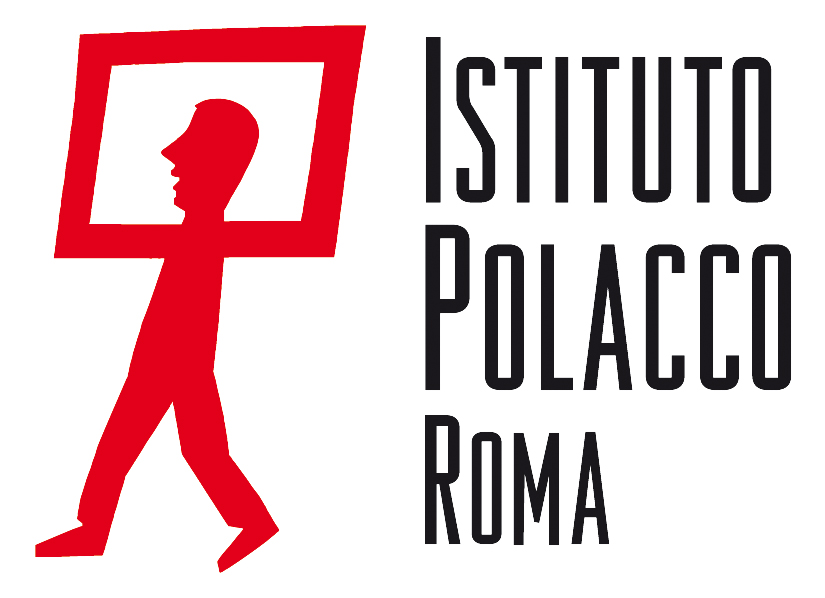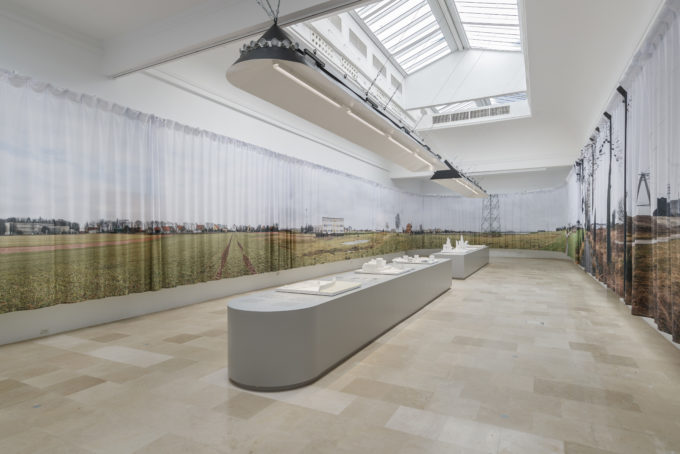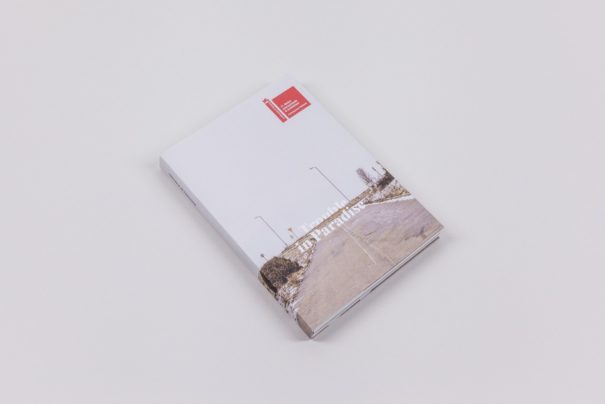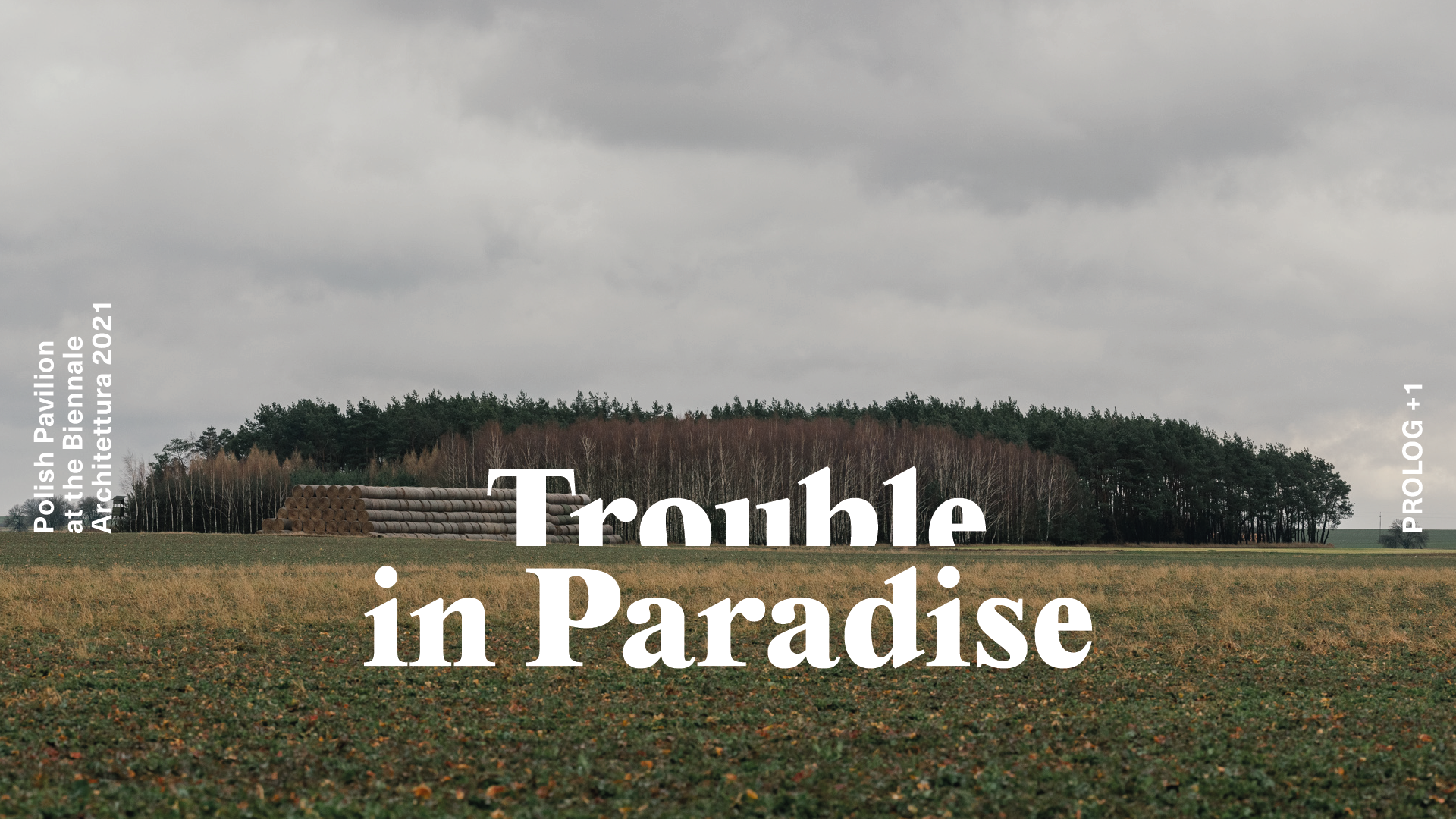
Trouble in Paradise
PROLOG +1
We have had to wait for three years for the opening of the 17th International Architecture Exhibition — the 2020 edition of one of the most prestigious events in the world of architecture was postponed by 12 months due to the pandemic. In light of the events of the past year, the theme of the biennale could not be more topical. 63 national teams from around the world had to face the question ‘How will we live together?’
Presented in the Polish Pavilion, the Trouble in Paradise exhibition is a multi-threaded story about the future of communal life in the countryside, accompanied by a thorough analysis of the forms of work and life in these areas. The project calls attention to, among others, the issue of the marginalisation of the countryside; it also points out the problems faced by the inhabitants of the countryside today and shows its enormous, untapped potential. Data shows that although rural areas make up 93% of Poland’s territory, only 40% of the population lives there. The situation in Poland is an accurate reflection of global trends — around the world, the population of urban areas exceeds that of rural areas, even though the latter account for the majority of land area.
The curators of the exhibition believe that the perception of the countryside through a lens of simplifications and stereotypes — treating it as a lost paradise, or a place where one can rest from the troubles of civilisation — is a significant problem. It turns out that the ideal of living near the city has a short shelf life. The pandemic, which led to a rise in migration to suburban areas around the world, has brought to light the daily struggles the Polish countryside has faced for years — including the lack of public transport, universal access to the internet or integration between the ‘newcomers’ and the local population.
‘The countryside is less and less often a promise of autonomy and escape from the city, and more and more often a storage space, a place for ring roads, production halls, farms, all the infrastructure without which life in large agglomerations would be impossible. This is primarily due to the convictions that the countryside is there to serve, acting as support facilities for the cities. We want to reverse this perspective, to stop thinking of the countryside from a “city dweller” point of view,’ says Robert Witczak of the PROLOG +1 curatorial team. ‘It’s important to us to show the countryside not as a closed, divided and privatised space, but as a space of ideas — a sense of community influenced by every inhabitant,’ he adds.
The project was curated by PROLOG +1 (Mirabela Jurczenko, Bartosz Kowal, Wojciech Mazan, Bartłomiej Poteralski, Rafał Śliwa and Robert Witczak) — a team of young architects selected in an open competition. The exhibition consists of an analytical and speculative part. The former, carried out in collaboration with Polish artists, shows the contemporary problems of the countryside and is presented in the form of an enormous 70-metre photorealistic panorama that fills the space of the pavilion. Created by photographers Michał Sierakowski and Paweł Starzec, as well as artist Jan Domicz, in collaboration with the PROLOG +1 team, the panorama depicts the characteristic elements of the rural countryside which are the result of the processes that have taken place there over the past 100 years.
PROLOG +1 invited six architectural teams from Europe to the speculative part of the exhibition: Atelier Fanelsa (Germany), GUBAHÁMORI + Filip + László Demeter (Hungary), KOSMOS Architects (Russia, Switzerland, Austria), Rural Office for Architecture (Great Britain), RZUT (Poland) and Traumnovelle (Belgium). The result of their work are architectural models, collages and drawings presented in the pavilion against the background of the panorama. The diversity of points of view and the juxtaposition of different perspectives are linked by a reflection on the effects of rural exploitation, climate disasters or global crises — including those whose impact on the fate of the planet and rural areas is yet to be known.
The exhibition is accompanied by the book Trouble in Paradise, which includes essays by Platon Issaias & Hamed Khosravi, Pier Vittorio Aureli, Andrea Alberto Dutto, Katarzyna Kajdanek, Łukasz Moll, a photo essay by Jacenty Dędek, as well as texts by the PROLOG +1 team, a photographic Panorama of the Polish Countryside and visualisations of the projects. The book will be available for sale at the Zachęta art bookstore and in La Biennale’s bookstores starting 22 May, as well as for download in digital form at labiennale.art.pl.
Appendix is an expansion of the Trouble in Paradise exhibition. It is the result of discussions with members of the six architectural teams invited to work on the project, which took place between March and April 2021. A year of waiting for the opening of the Biennale, postponed by the pandemic, prompted the participants of the exhibition to ask themselves to what extent the themes and solutions proposed in their projects are still relevant in the new reality.
1. GUBAHÁMORI + Filip + László Demeter
Spotify link with full interview.
2. Traumnovelle
Spotify link with full interview.
3. Atelier Fanelsa
Spotify link with full interview.
4. KOSMOS Architects
Spotify link with full interview.
5. Rural Office for Architecture
Spotify link with full interview.
6. RZUT
Spotify link with full interview.
Appendix
concept: PROLOG +1, interviews led by Rafał Śliwa
cinematography and editing: Michał Sierakowski
- YEAR2021
- CATEGORY Biennale Architettura
- EDITION17
- DATES22.05 – 21.11
- COMMISSIONERHanna Wróblewska
- CURATORPROLOG +1

